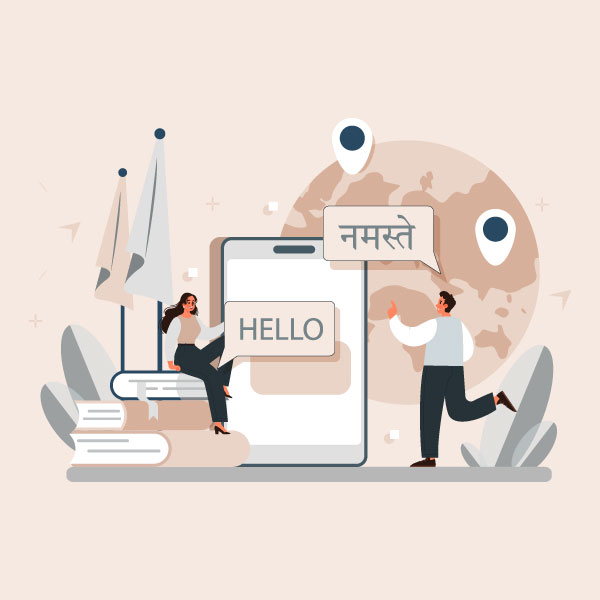- April 5, 2023
Translation vs localization: Which should I choose
5 minutes to read

Translation & localization are quite different from each other, the former changes the content to a different language while the latter will also change the context as per the change in geography. The picture below on the left is from Coca-Cola Australia campaign and the one on the right is from Coca-Cola India campaign- a perfect example of localization.


Your manager requests that you commission some translation work for a good or service. After doing some investigation, you are led from “localization” to “translation,” which is even more perplexing. Okay, what’s going on, what are the distinctions, and which are necessary for the success of my current project? We’re glad you asked since knowing the definitions of these terms can help you establish yourself as the organization’s go-to authority on localization and translation.
The words localization and translation are sometimes used interchangeably when referring to reaching out to people who speak different cultures and languages. While both phrases allude to the process of altering content for a particular target audience, they refer to separate procedures with different implications for the end result. The process of transferring text from one language to another while keeping its meaning and intent is known as translation.
A translator reads the original text and creates a precise translation into the target language. Translators must be fluent in both their source and destination languages. Additionally, they must ensure that the translation retains the original text’s sense and is grammatically accurate. The phrases localization and translation are sometimes used synonymously when discussing how to communicate with persons who speak different languages and cultures. Although they both refer to the process of changing material for a certain target audience, the two expressions actually refer to distinct steps with different implications for the final product.
Although translation and localization are related processes, they have different objectives and implications for the finished product. Translation is the process of converting text from one language to another, whereas localization is the process of adapting a good or service to meet the technological, linguistic, and cultural needs of a particular target market. Understanding the differences between the two can help you decide which one best meets your needs if you want to interact with people from other cultures and languages.
For example, if you are translating a website for a global audience, translation may be enough to convey the basic information. But if you want to create a website that truly resonates with a particular country or region, localization may be more effective. This could involve adapting the language, tone, images, and even functionality of the website to better align with the cultural norms and preferences of the target audience. Ultimately, the choice between translation and localization will depend on your specific goals, target audience, and budget. A professional translation or localization service can help you determine which approach is best suited for your project.
Both can help organizations successfully navigate the challenges of expanding operations to a new country by ensuring that their products, services, and communications are tailored to the needs and expectations of customers in the local market.
Translation can play a critical role when an organization expands its operations to location with different set of culture.
Both translation & language localization in Ahmedabad are crucial when chartering a new territory as they help make you more relatable to the audience. If you need assistance with any or both of them, then feel free to contact Granth. We can help you reach your prospective customers in 40+ languages. If you are looking for the right opportunity then this is your cue!